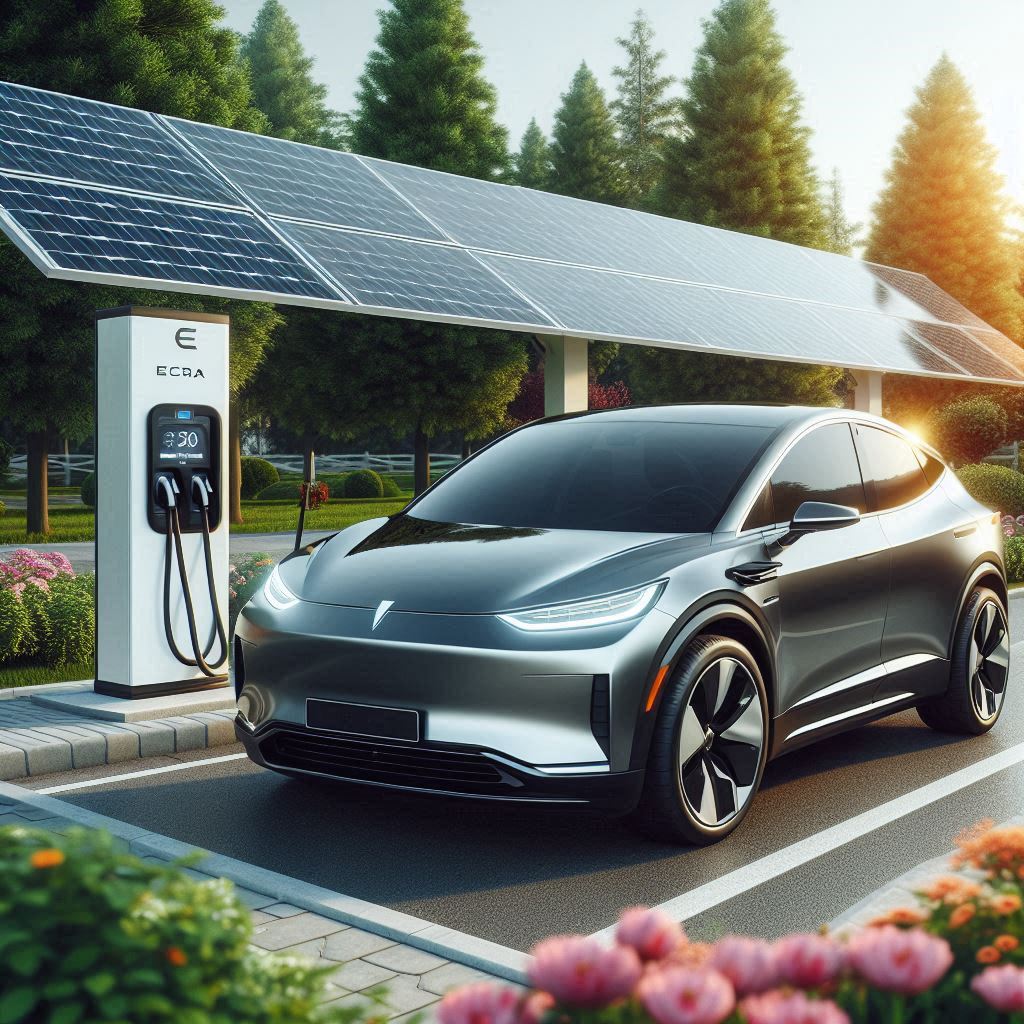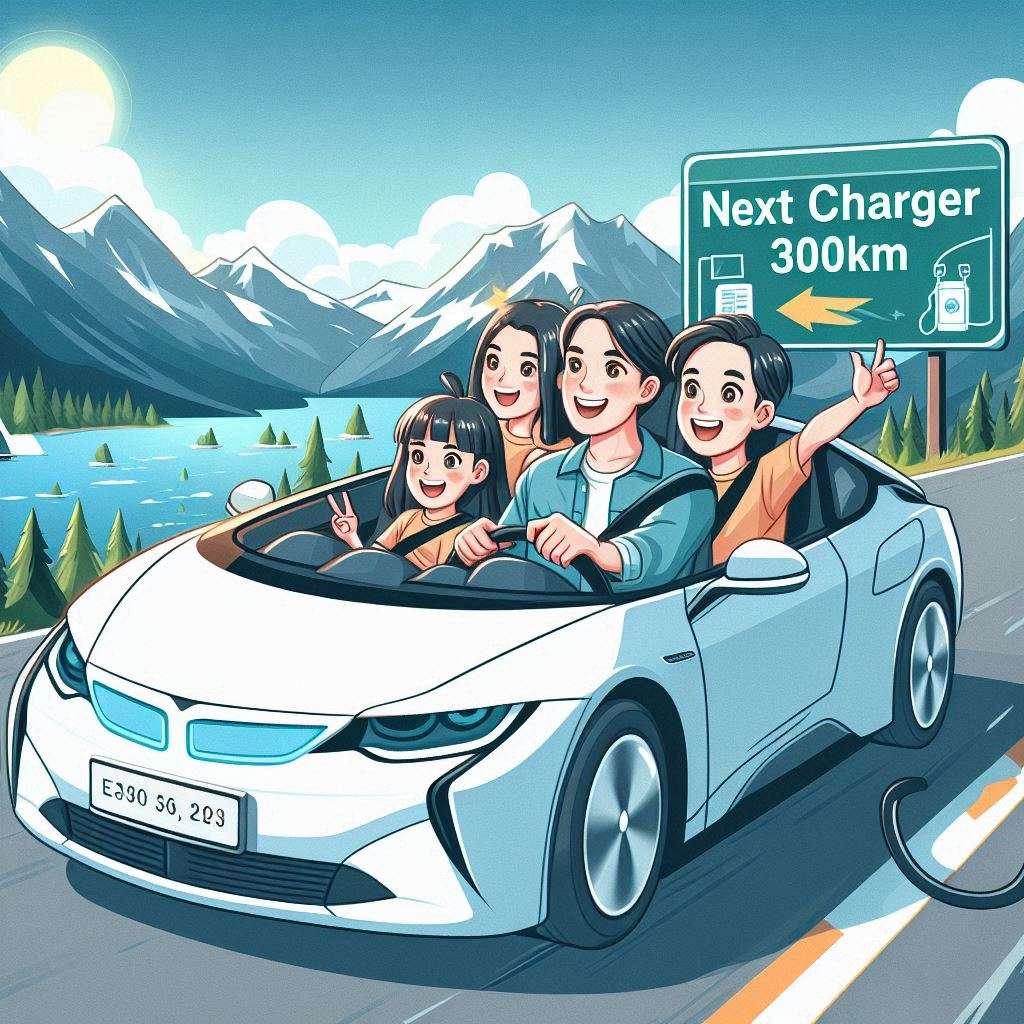The EV Myth: EVs will kill the electricity grid
As you’re likely aware, there’s a growing concern that the increasing adoption of electric vehicles will put an unsustainable strain on our electrical grid, particularly during hot summer months.
The Fear of Increased Demand
The thought of millions of EVs plugging into the grid simultaneously can be daunting. It’s easy to imagine the strain on our aging infrastructure, especially during peak summer months when temperatures soar. You might envision brownouts, blackouts, and a general sense of chaos.
Are these fears justified? Let’s separate fact from fiction and explore why the rise of EVs won’t spell doom for our electrical grid.
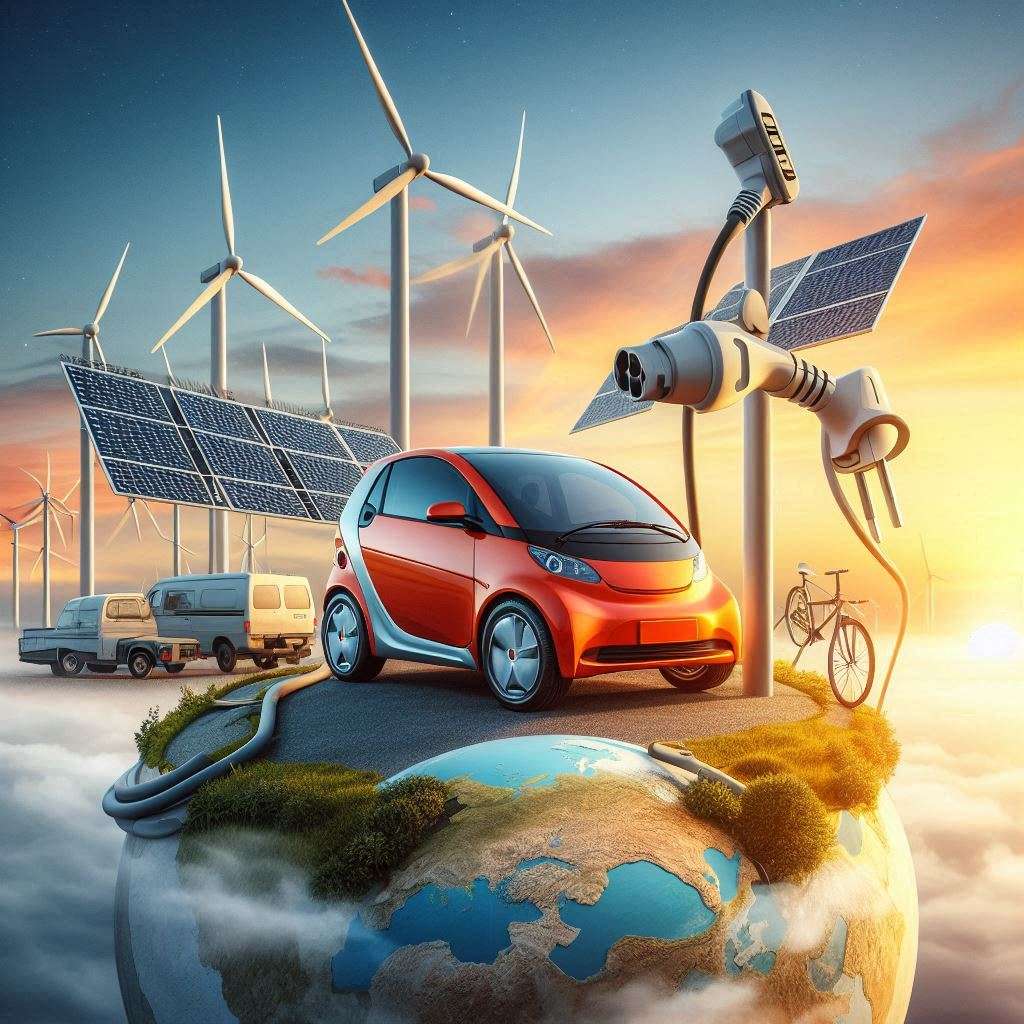
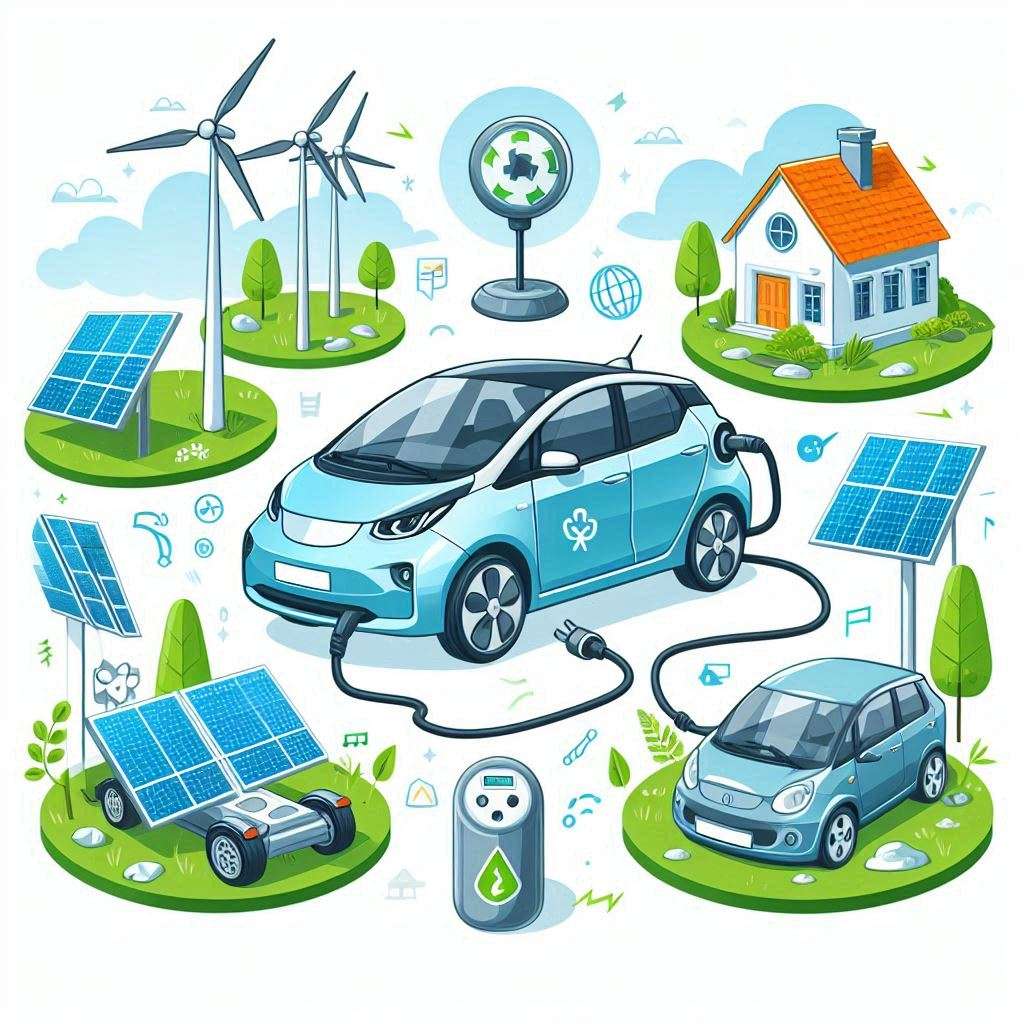
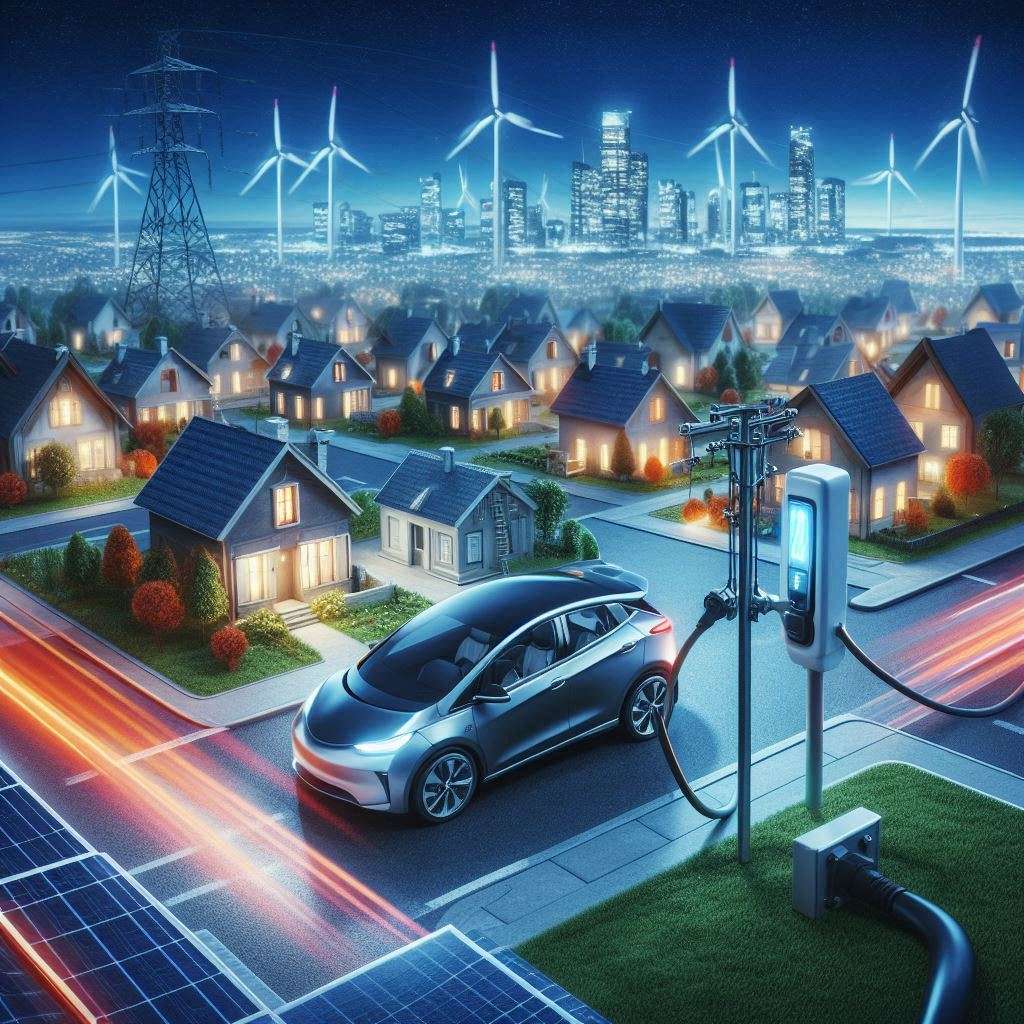
EV Myth Busted
As we research into the numbers and expert insights, you’ll discover that the reality is far more nuanced. In fact, EVs might just become an integral part of the solution to our energy challenges.
The Reality of Grid Capacity
One thing is certain: the grid will need to adapt to meet the changing demands of our energy landscape. While it’s true that EVs will increase demand, they’re not the only factor at play. Data centers, cryptocurrency mining, and air conditioner use are all contributing to the growing need for electricity.
Demand for electricity is shifting, and the grid must evolve to accommodate these changes. Fortunately, utility companies and grid operators are already working to upgrade infrastructure and implement new technologies to meet the challenge. In fact, the increased demand from EVs could actually help drive innovation and investment in the grid, ultimately making it more efficient and resilient.
Understanding Demand Forecasting
For grid operators, accurately predicting energy demand is a complex task that involves factoring in variables like temperature fluctuations, extreme weather events, and changes in consumer behavior. Demand forecasting is a critical component of ensuring grid reliability, and it requires a deep understanding of local energy needs and patterns.
Typically, although not exclusively, EV Owners will overwhelmingly want to charge overnight. Why? There are two main reasons:
- Convenience: Why wouldn’t you just plug in when you get home and unplug when you leave next morning. No more trips to the petrol station!
- Cost: Nobody is using all that electricity in the middle of the night when businesses are shut and most people are asleep. It costs money for the electricity company to store it, so they sell it cheaply… often VERY cheaply.
This is already being factored in to demand forecasting. EV onwers using cheap electricity nobody wants is hardly going to kill the grid, which is scaled up to cater for all that heavy industry, and the demands of millions of people cooking dinner.
Different Climates: Different Needs
California is a good case study. The state has over 1 million EVs, but that only makes up less than 1% of electricity use. Going to 5 million EVs will only raise this to unnder 5% of grid usage. Data Centre, Crypto-mining and airconditioning are all rising at a rate equal or higher than EV growth. The grid needs to grow, not because of EVs, but because of increased demand across the board. Demand in California grows in hotter months, which should mean higher reliance on solar and wind makes sense. Wind power is better in hotter months in coastal areas, due to a higher teperature difference between sea and land causing stronger winds.
What about colder climates with higher demand for heating over winter? Quebec has excess wind and hydro-electric power, which it is planning to sell to New York. This is available all through winter due to strong wiinds and plenty of water for hydro. Using excess power to pump water back upstream can act as a battery, as the water can be used to generate power again when it flows back down hill.
Can EVs actually be part of the solution?
A few fairly simple changes might mean that EVs can actualy solve the issue. According to Andrew Bills, CEO of South Australia’s SA Power Networks, one of the highest users of renewables in the world, EVs might be the “Next Big Thing” in green energy transition.
Smart Charging
Using smart charging, EVs could take up that cheaper unwanted electricity, instead of utiliity companies having to store it. This would lower household fuel bills. Having EVs primarily charge only when the grid has excess electricity would smooth electricity demand across the day. Of course, some people will need to override this and charge and different times, but this would be a minority
Vehicle to Load/Home/Grid
By using an EV, or in multi-car households, EVs, to store energy for re-use back into the Home or Grid, we can further smooth the demand for electricity. Having your battery charge in off-peak or low demand times can save money and provide electricity for house or grid use at peak (expensive) times.
Recycling Batteries
Second hand EV batteries which have degraded by 10 to 30% could be recycled into static home batteries. A 70kWh battery that’s lost a third of it’s capacity, is still way higher capacity than the average 10kWh battery offered by most solar companies.

